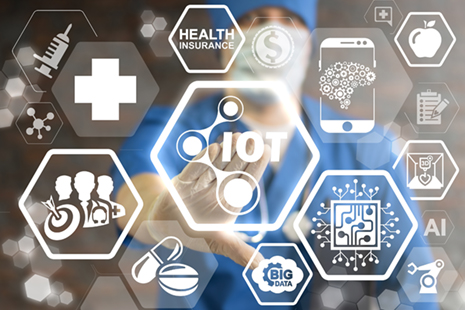How are Value-Based Care, CJR, BPCI and Other Medicare Reimbursement Models Increasing Demand for Wearable Medical Devices?
IT Pro Portal recently published “Five Big Data Trends in Healthcare,” a headline that may not immediately seem relevant to medical device design and development. However, it illuminates some crucial insights into both where the medical device industry current is and where it is going, particularly in respect to:
- Value-Based Patient-Centric Care
- The Healthcare Internet of Things
- Predictive analytics to improve outcomes
- Real-Time Monitoring of Patients
Value-based care (also known as “pay for performance” and “value-based purchasing”) is a payment model that incentivizes positive outcomes for acute care patients—rather than the more traditional “fee for service” model that strictly pays (or reimburses) hospitals and clinics for services rendered (regardless of outcomes).
For example, instead of an orthopedic surgery center being paid for performing a knee replacement procedure (regardless of how well the patient recovers), the VBC model pays the center based on clearly-defined criteria that measures performance—which requires the center to monitor a patient throughout the entire “episode of care” and to collect and report data.
The CJR Example
Healthcare providers that participate in Medicare and Medicaid are increasingly getting reimbursed through the VBC model, but often with a twist: bundled payments. One such program in the Comprehensive Care for Joint Replacement Model, more commonly known as CJR.
In the CJR model, Medicaid and Medicare link payments for multiple services for an episode of care through the Bundled Payments for Care Improvement (BPCI) Initiative. Using the knee replacement surgery example again, this would mean that the surgeon and the post-surgery physical therapist get paid based on outcome of the entire episode of care—which makes monitoring, data collection and reporting even more complicated and costly.
Other Key Factors
Among the many other factors for why we have seen a spike in requests to develop wearable medical devices and IoT healthcare devices, VBC, BPCI and the like have played a role because they yield multiple advantages in this context, including:
- 24/7 off-site monitoring: Connected medical devices enable healthcare providers to collect crucial data about a patient’s recovery around-the-clock and immediately know if there are any deviations from a positive outcome.
- Convenience for patients: Connected monitoring yields an additional benefit for elderly patients and those that have difficulty with getting transportation to their doctor because it reduces the make appointments for on-site checkups, evaluations, etc.
- Reduced cost: Connected medical devices (and the networks for connect them) can reduce or even eliminates some administrative and clinical costs because of the reasons explained in the previous two points.
As explained in the article, “Capturing extensive patient data allows for better care coordination and patient engagement,” which could not be more true. Although that concept leans more towards healthcare IT rather than medical devices, the reality is those devices—especially wearables and IoT medical devices—are often the tools to capture and transmit that data.
DeviceLab is an ISO-13485 certified medical device development company that has completed more than 100 medical device design projects of varying complexity—including medical device software development and wireless medical device design services for the newest breeds of medical IoT, mHealth and medical wearables.



